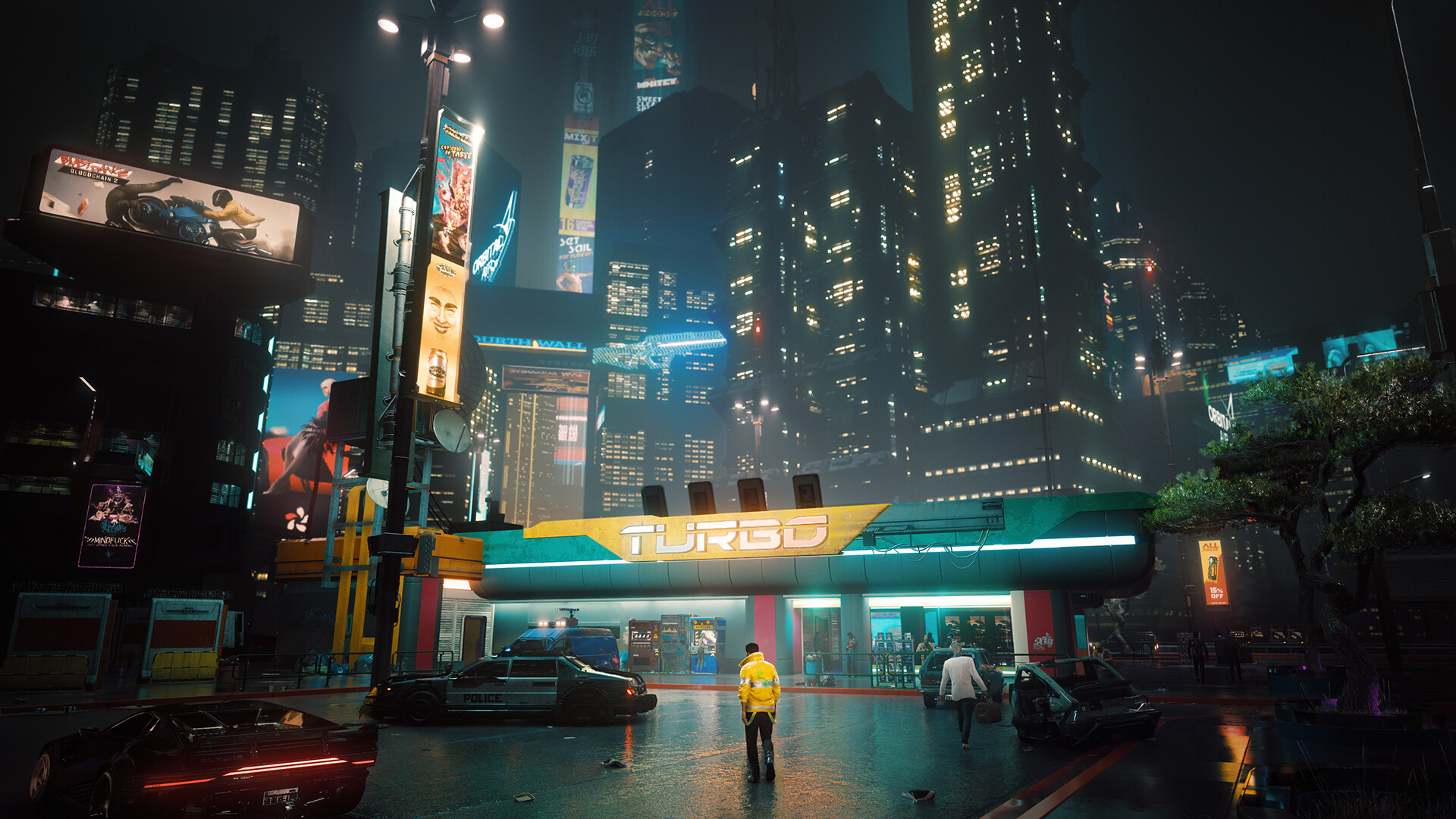Metal Gear Solid V: The Phantom Pain Stealth Score – Open World Freedom Redefined
Introduction
Few games have pushed the boundaries of stealth gameplay as boldly as Metal Gear Solid V: The Phantom Pain (MGSV). Released in 2015 by Kojima Productions, this open-world tactical espionage masterpiece redefined player freedom, offering an unprecedented level of emergent gameplay. One of its most innovative systems is the Stealth Score, a dynamic grading mechanism that evaluates player performance based on efficiency, creativity, and adaptability.
This article explores how MGSV's open-world stealth mechanics elevate the Stealth Score system, allowing players to experiment with endless approaches. From silent takedowns to elaborate distractions, we’ll break down how the game rewards tactical freedom, making every infiltration feel uniquely rewarding.
The Evolution of Stealth in Metal Gear Solid
Before The Phantom Pain, the Metal Gear Solid series was known for tightly designed, linear stealth missions. Games like MGS2 and MGS3 relied on scripted enemy patrols and fixed camera angles. While these games were masterful, MGSV took a radical leap by introducing a fully open-world structure, where players could approach objectives from any angle.
The Stealth Score in MGSV isn’t just a ranking—it’s a reflection of the player’s ability to exploit the game’s sandbox. Unlike previous entries, where perfect stealth meant rigidly following a set path, The Phantom Pain encourages improvisation. Whether you’re using CQC takedowns, decoy gadgets, or even environmental hazards, the game dynamically adjusts its scoring based on your playstyle.
How the Stealth Score Works: A Deep Dive
The Stealth Score in MGSV is calculated based on several key factors:
1. Detection & Alert Status
- No Traces (Perfect Stealth): Completing a mission without being detected grants the highest score.
- Partial Detection: If enemies enter a "suspicious" state but don’t fully alert, points are deducted but not as severely as a full combat alert.
- Combat Alerts: Engaging in open gunfights drastically lowers the score, pushing players toward a more tactical stealth approach.
2. Non-Lethal vs. Lethal Takedowns
- The game rewards non-lethal stealth tactics, such as tranquilizer darts or chokeholds, over lethal methods.
- However, lethal approaches aren’t penalized if done silently (e.g., suppressed headshots).
3. Creativity & Adaptability
- Using decoy balloons, smoke grenades, or even animal distractions (like the infamous "DDog" companion) can boost the score.
- The game encourages dynamic stealth strategies, allowing players to experiment with different tools.
4. Speed & Efficiency
- Faster mission completion yields higher scores, but rushing recklessly can lead to detection.
- The best runs balance speed with precision.
Open-World Freedom: The Key to MGSV’s Stealth Mastery
What truly sets MGSV apart is its open-ended mission design. Unlike traditional stealth games with rigid paths, The Phantom Pain gives players complete freedom in how they approach objectives.
1. Multiple Infiltration Routes
- Players can enter bases via helicopter drops, vehicle approaches, or even parachuting from high altitudes.
- Terrain manipulation (e.g., destroying bridges or creating diversions) affects enemy patrols.
2. Day/Night Cycle & Weather Effects
- Nighttime offers better concealment, while sandstorms obscure vision, allowing for riskier moves.
- The Stealth Score adapts to these conditions, rewarding players who exploit them.
3. Buddy System & AI Companions
- Quiet (the sniper) provides long-range support, while DDog marks enemies automatically.
- Using buddies effectively can maximize stealth efficiency without sacrificing speed.
4. Emergent Gameplay & Unscripted Moments
- Enemy AI reacts dynamically—if a guard goes missing, others will search and call reinforcements.
- The Stealth Score reflects adaptability, rewarding players who adjust on the fly.
Why MGSV’s Stealth Score Still Holds Up in 2024
Nearly a decade after its release, The Phantom Pain remains the gold standard for open-world stealth gameplay. Modern stealth games often struggle to balance freedom with challenge, but MGSV nails it by:
- Encouraging experimentation without punishing failure too harshly.
- Rewarding mastery—players who learn enemy patterns and AI behavior can achieve near-flawless runs.
- Offering endless replayability—no two infiltrations play out the same way.
For players seeking the ultimate tactical stealth experience, MGSV’s Stealth Score system is a masterclass in open-world design.
Conclusion: The Phantom Pain’s Legacy in Stealth Gaming
Metal Gear Solid V: The Phantom Pain didn’t just refine stealth mechanics—it revolutionized them. By blending open-world freedom with a dynamic Stealth Score, Kojima Productions created a game where creativity is always rewarded. Whether you’re a silent ghost or a tactical saboteur, MGSV ensures every playstyle feels valid.
For fans of stealth action games, The Phantom Pain remains unmatched—a testament to what happens when a game truly embraces player freedom.

Keywords (Naturally Embedded):
- Metal Gear Solid V Stealth Score
- Open-world stealth mechanics
- Tactical stealth approach
- Non-lethal stealth tactics
- Dynamic stealth strategies
- Best stealth games 2024
- MGSV open-ended mission design
- Emergent stealth gameplay
Would you like any sections expanded or additional gameplay examples included?














